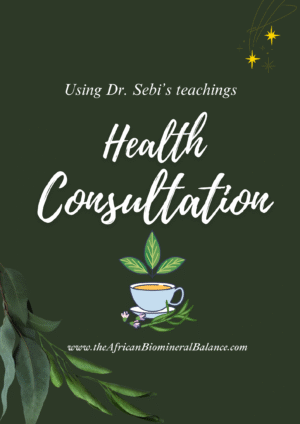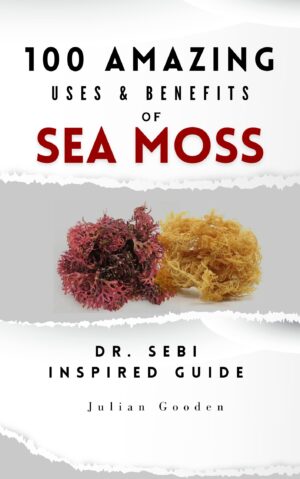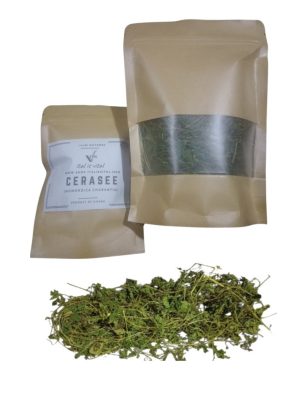Applying burdock topically can be done using various methods, depending on the form of the plant and the desired application. Here’s a structured guide:
Methods for Topical Application
- Fresh Leaf Poultice
- Steps:
- Clean fresh burdock leaves thoroughly.
- Crush the leaves (or blend) to release juices.
- Apply directly to the affected area (e.g., minor wounds, insect bites).
- Cover with a clean cloth or bandage.
- Leave for 15–30 minutes before rinsing.
- Steps:
- Burdock Root Compress
- Steps:
- Slice fresh or dried burdock root.
- Simmer in water for 10–15 minutes to make a decoction.
- Soak a cloth in the cooled liquid, wring out, and apply to the skin (e.g., eczema, acne).
- Leave for 10–20 minutes; repeat 1–2 times daily.
- Steps:
- Infused Burdock Oil
- Preparation:
- Fill a jar with dried burdock root or leaves.
- Cover with carrier oil (e.g., olive, coconut).
- Let sit for 4–6 weeks in a dark place, then strain.
- Use:
- Massage a small amount into the skin (e.g., dry patches, joints).
- Preparation:
- Dried Root Paste
- Steps:
- Grind dried burdock root into powder.
- Mix with water to form a paste.
- Apply to affected areas (e.g., acne, inflammation).
- Rinse after 10–15 minutes.
- Steps:
- Burdock Wash
- Steps:
- Brew a strong tea using dried leaves/roots.
- Cool and use as a rinse for scalp or skin (e.g., dandruff, irritation).
- Steps:
Precautions
- Patch Test: Apply a small amount to your inner arm and wait 24 hours to check for reactions.
- Allergies: Discontinue use if itching, redness, or swelling occurs.
- Sourcing: Use reputable suppliers or properly identify wild burdock (avoid look-alikes).
Notes
- Traditional Use: Often used for skin conditions like eczema, acne, or minor wounds.
- Frequency: 1–2 times daily, unless irritation occurs.
- Storage: Store infused oils in a cool, dark place.
Always prioritize proper preparation and moderation.














